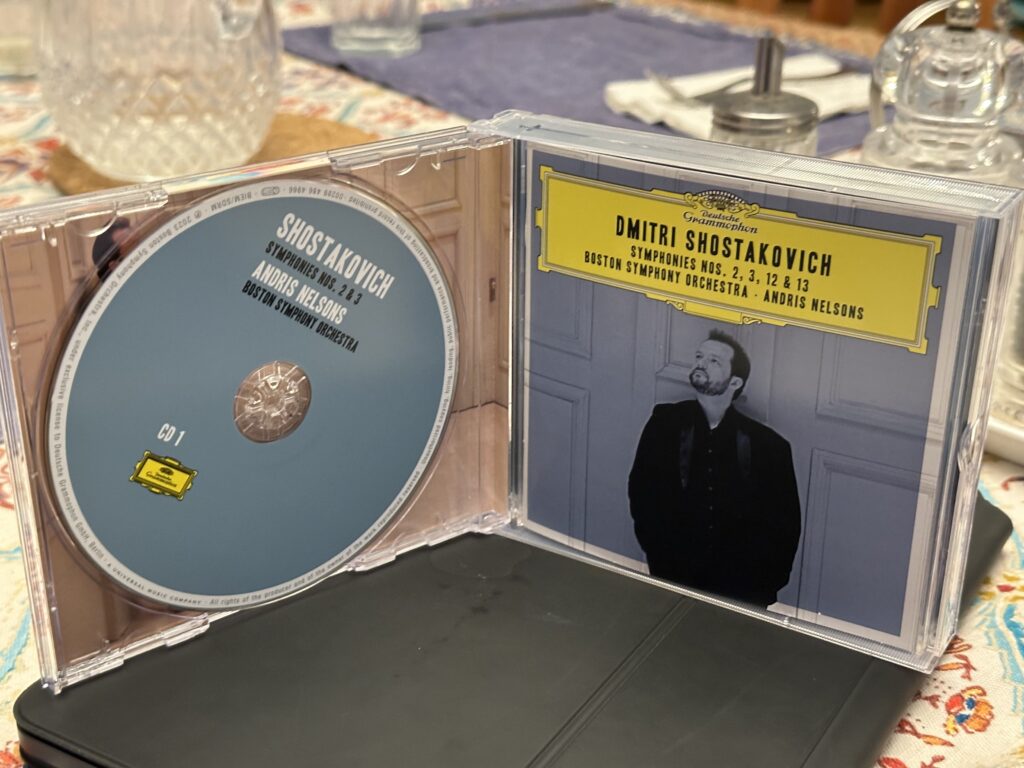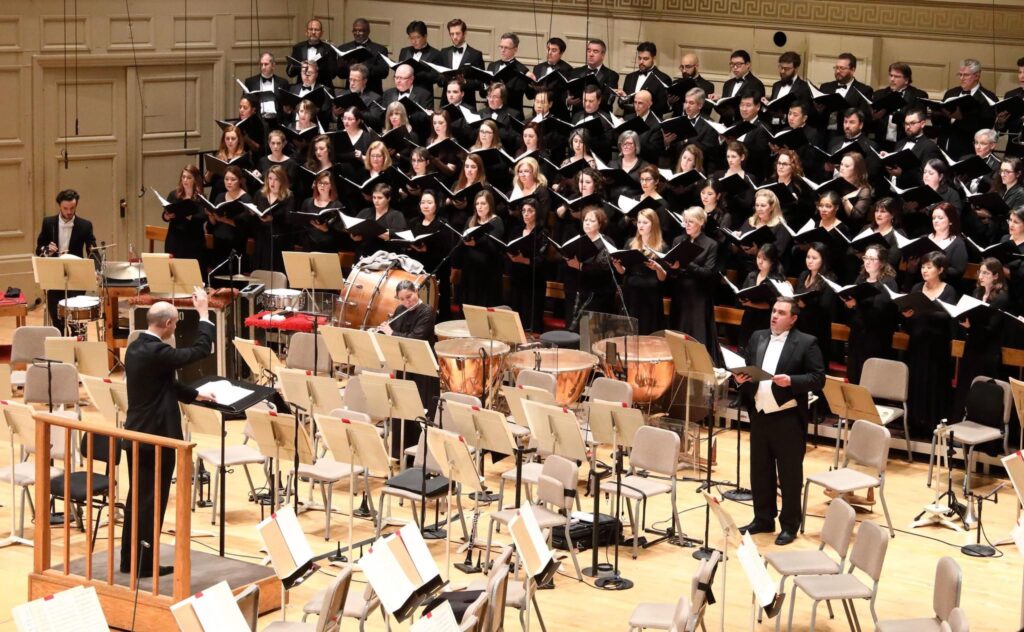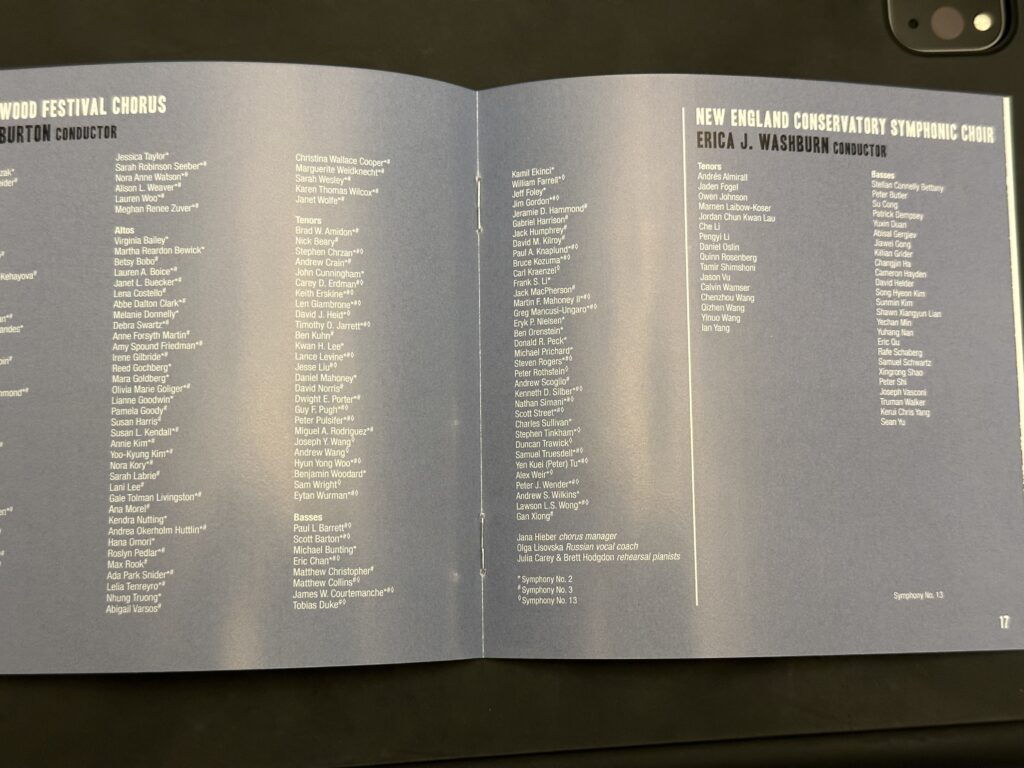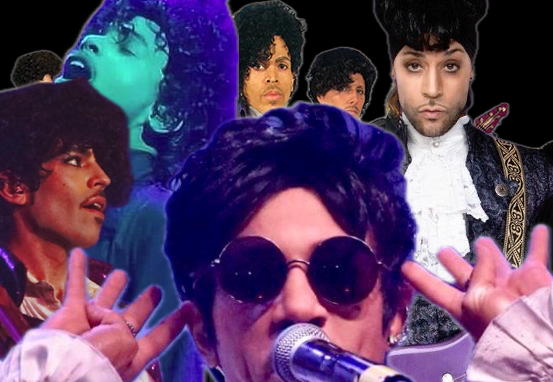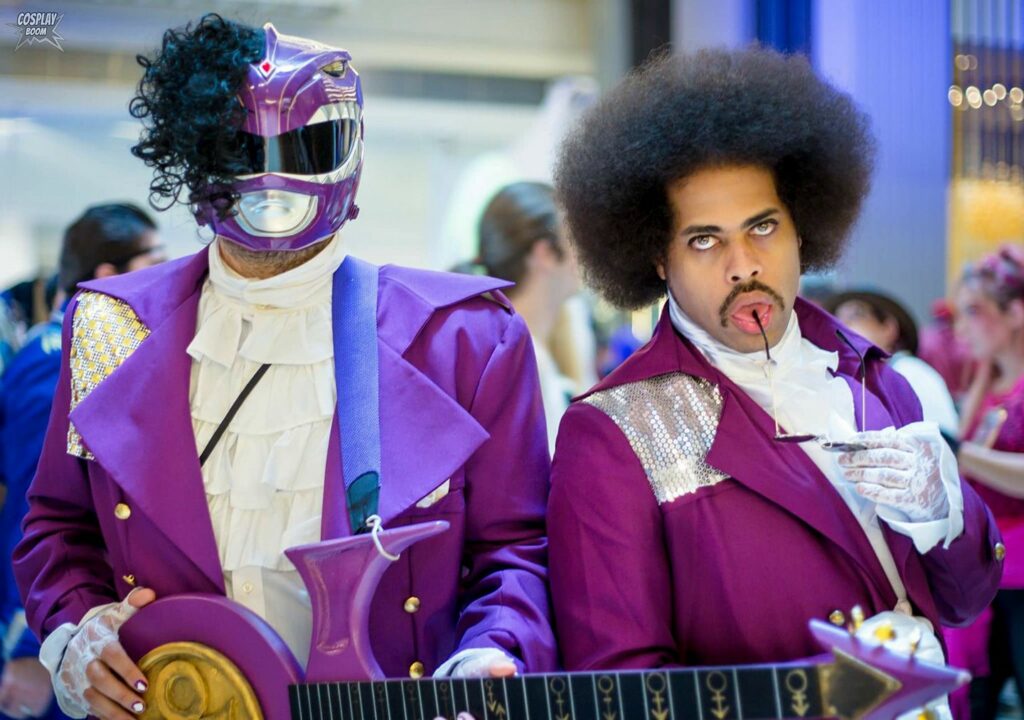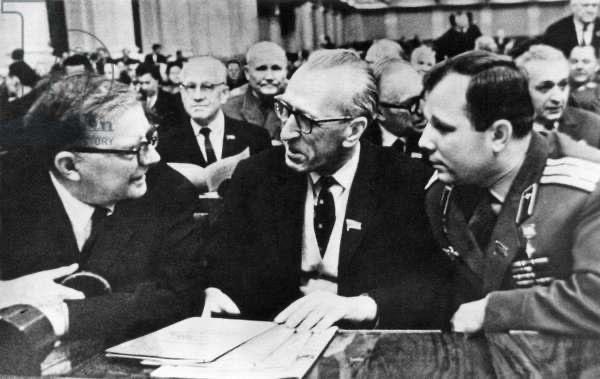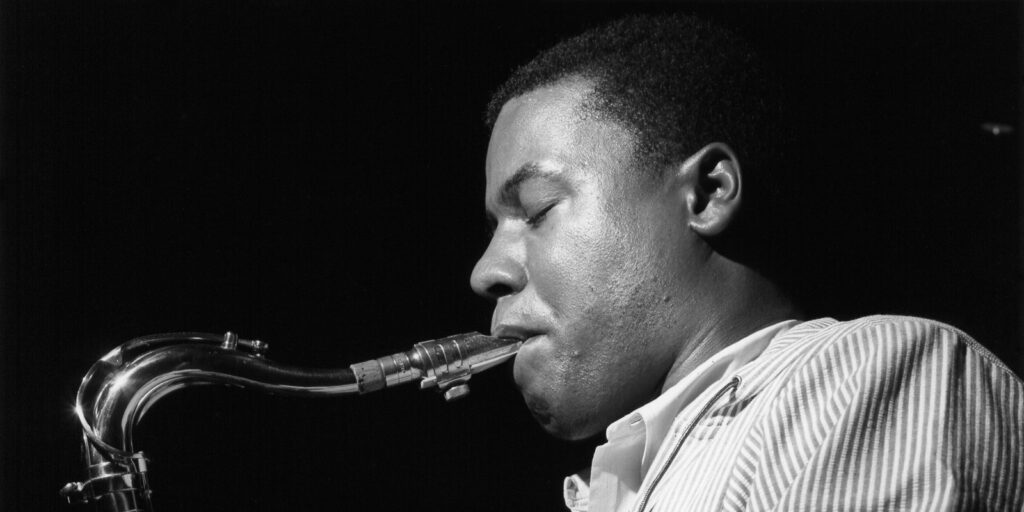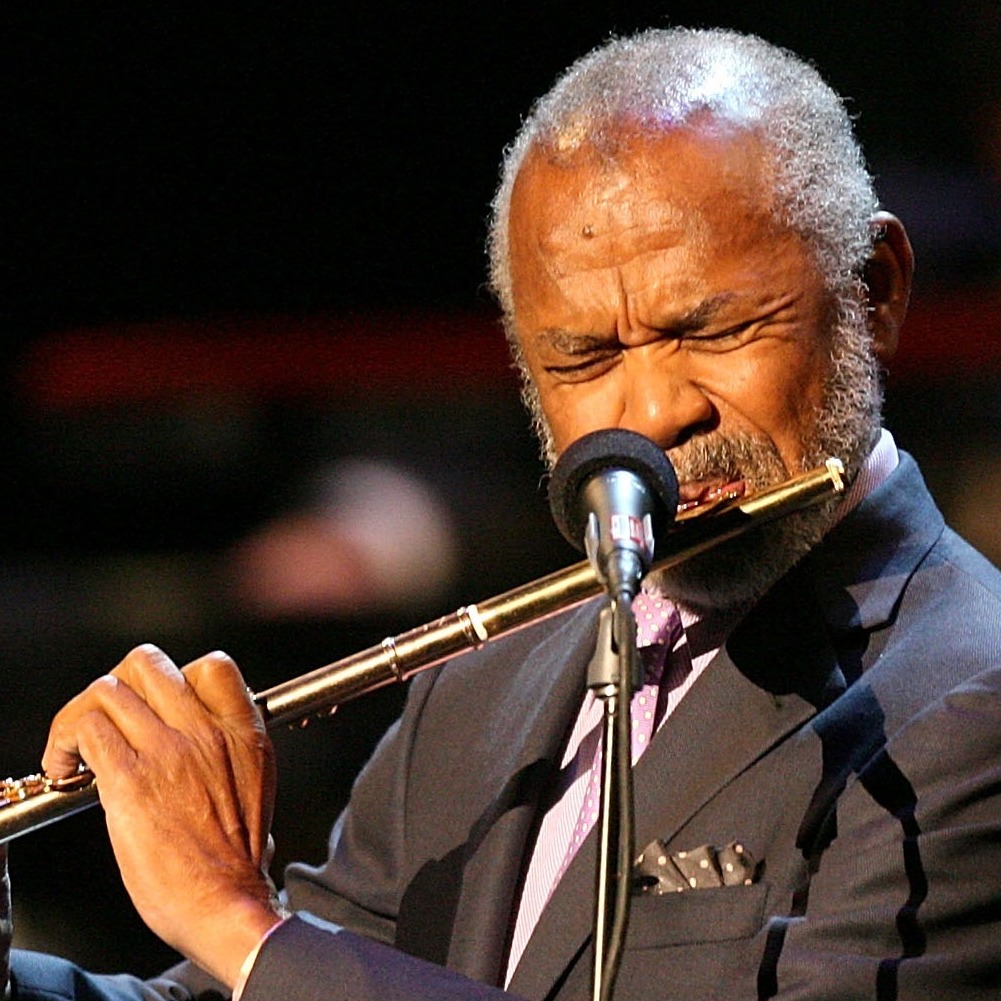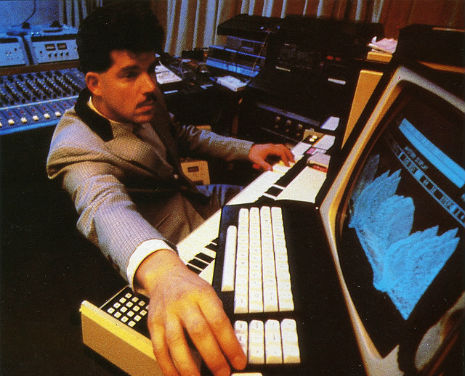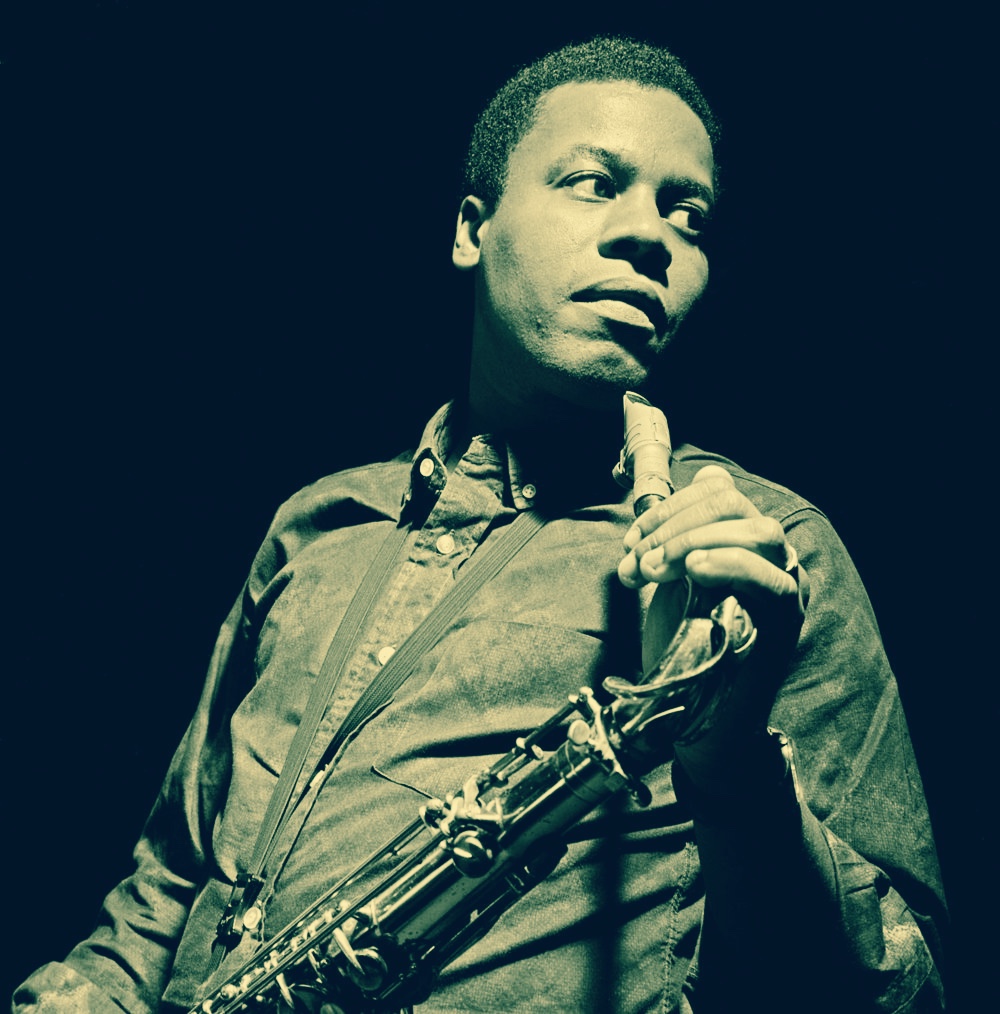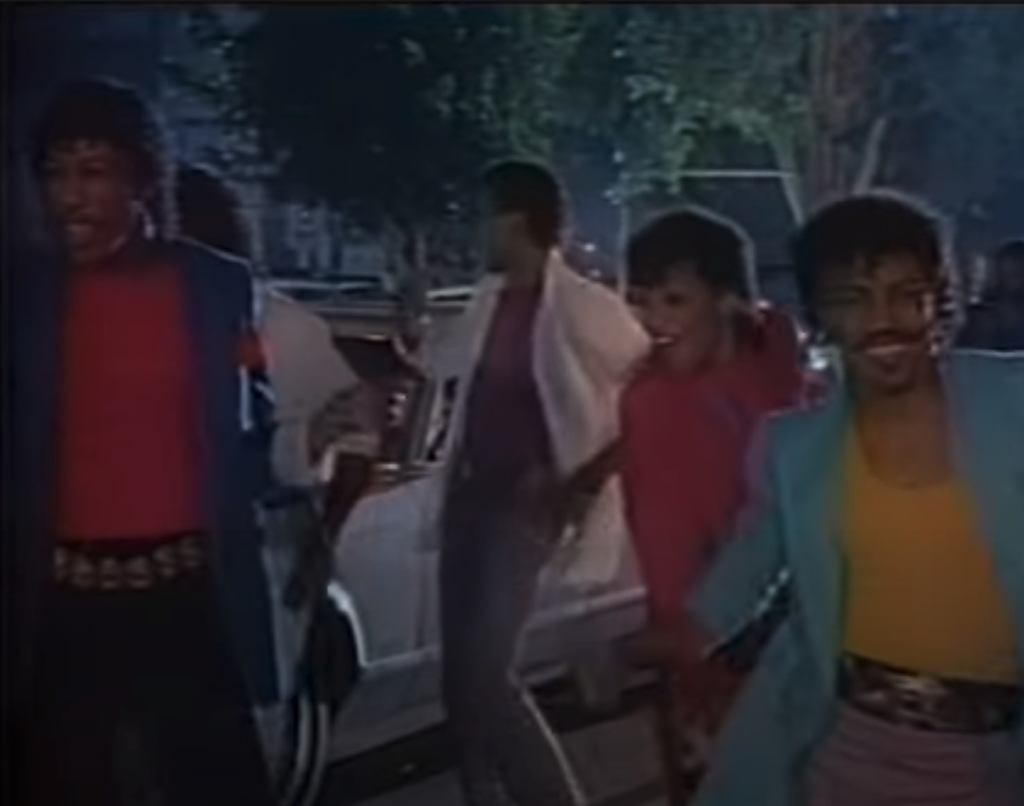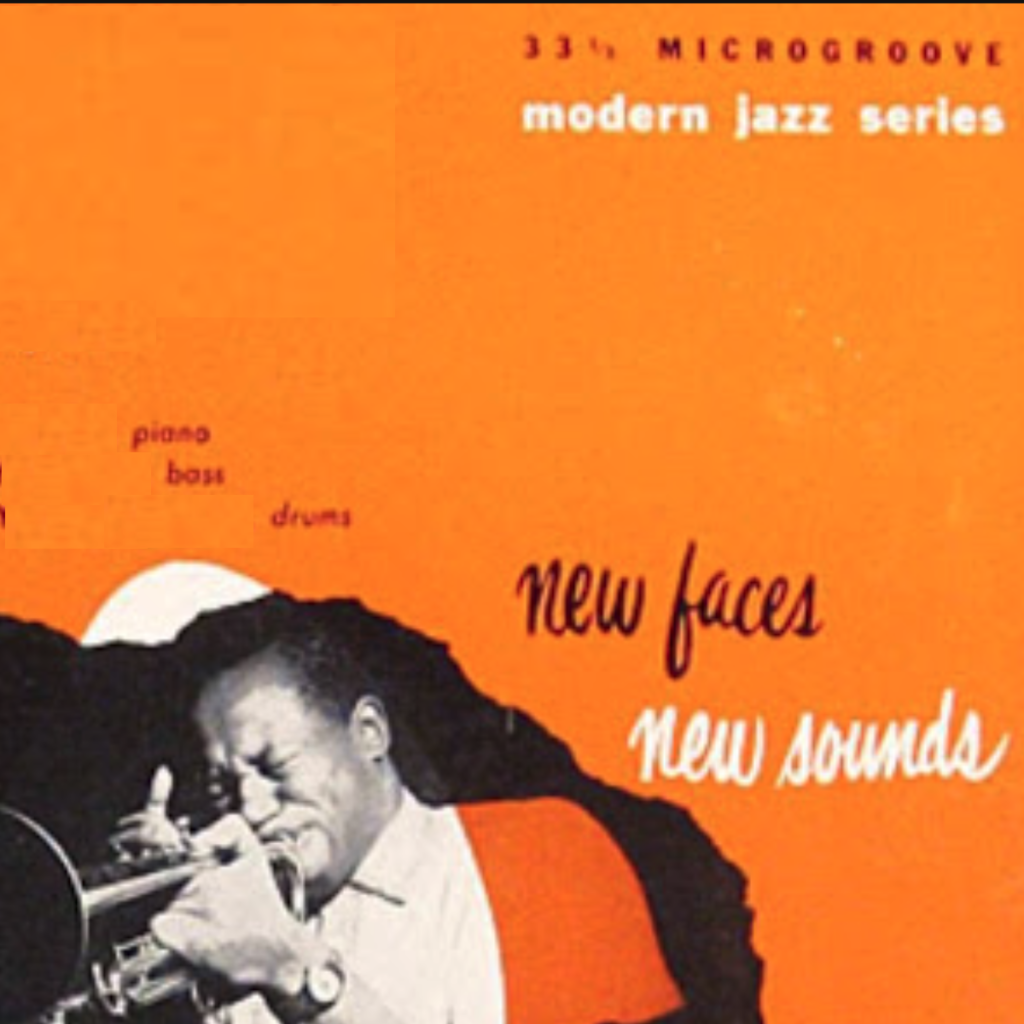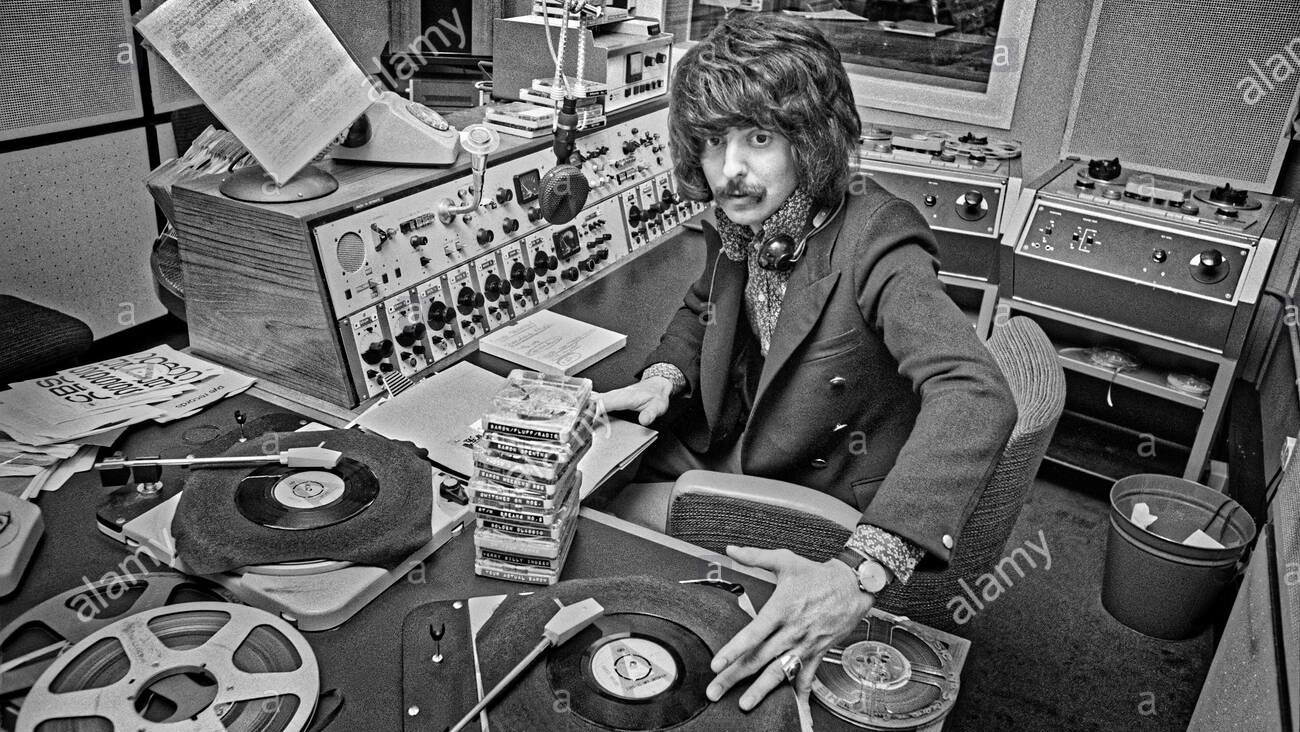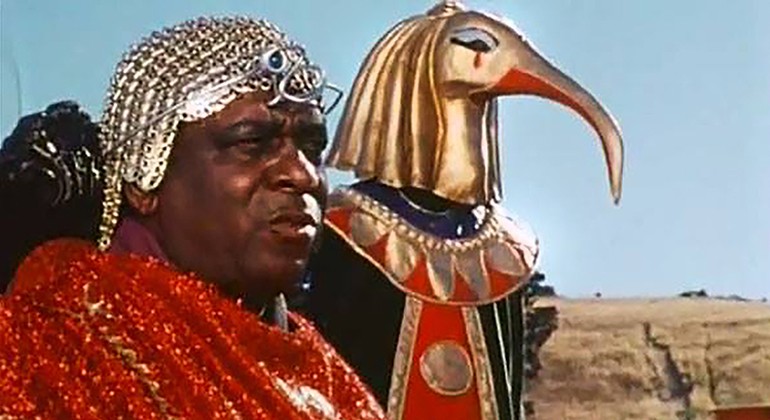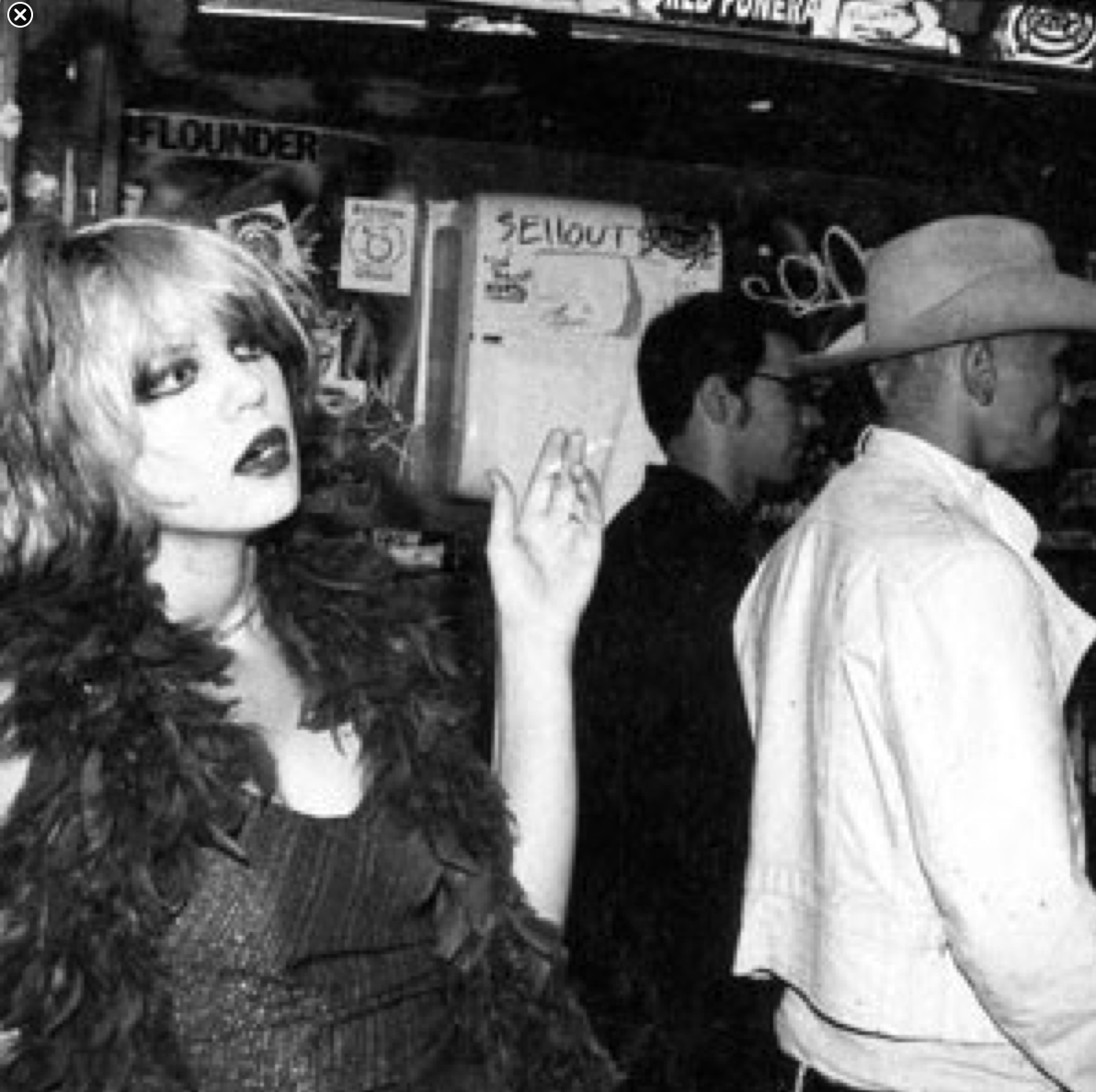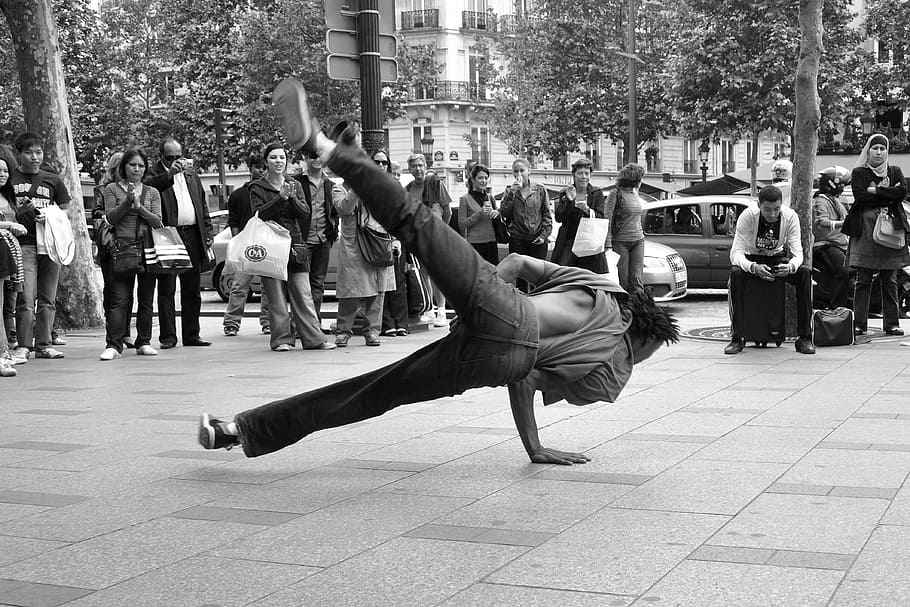
I had an idea to make an Exfiltration Radio show all about the hip-hop/electronic music style called electro. Days later, I feel like I’m deep in the rabbit hole and just starting to scratch the surface of this music.
What to know: electro is rooted in the rhythms and sounds produced by the Roland TR-808, a budget-oriented drum machine that substituted synthesized drum sounds for the fully sampled sounds of its market competitor, the Linn LM-1 (which at the time cost almost 10x more). While the 808 was a market failure, its fully synthesized drum sounds created a ruckus that could be felt across the dance floor, and its distinctive sound created an effect that felt futuristic in 1983.
Combine that with an esthetic borrowed from pioneers like Gary Numan and Roger Troutman of Zapp, with sizzling synthesizer sounds and vocoder-processed vocals, and you had a sound that enjoyed a huge amount of chart karma, picking up momentum from both the aftermath of disco and funk and the rise of hip-hop, and only losing popularity when Prince’s more florid Minneapolis sound elaborated it out of existence. But you can hear electro’s impact in some of Prince’s early material as well as in bands like Flyte Tyme (where Jimmy Jam and Terry Lewis got their start).
There are two songs in this mix that are arguably iconic: “Planet Rock” is an early hip-hop classic that is still referenced in unexpected ways, and “Freak-A-Zoids” has become a Tiktok meme. Beyond that, I don’t know if anyone other than certain GenXers remember “Freaks Come Out at Night,” but I certainly do, and “Computer Games” showed that George Clinton had a creative life beyond Parliament/Funkadelic.
As for the rest? Ryuichi Sakamato’s “Riot in Lagos” predates the rest of the material here by at least two years, showing that things really did happen earlier in Japan. Warp 9’s “Nunk (New Wave Funk)” was an early electro track that bubbled up in New York in 1982, as was Man Parrish’s “Hip-Hop, Be Bop (Don’t Stop),” which ran afoul of identity politics when African-American hip-hop influencers found out that Parrish was white and gay. Cybotron’s “Clear” brings a strain of Detroit to the melting pot, courtesy of band member Juan Atkins, now considered a co-founder of the techno sound. Elektrik Funk’s “On a Journey” was a one-off single from the depths of 1982 electro heaven, and Hashim’s “Al-Naafyish” was a 1983 one-off from a New York DJ.
Friends, this could have been a three-hour mix. There are so many threads to follow in this sound. Phil Collins used the TR-808 on No Jacket Required, for heaven’s sake. But we’ll start here, with the famed battle cry: Freak-a-zoids… report to the dance floor!
Track listing:
- “Drummers, they kind of get bored…” – Phil Collins (Exfiltration Radio: the bumpers)
- riot in Lagos (2019 Remastering) – Ryuichi Sakamoto (B-2 Unit (2019 Remastering))
- Planet Rock – Afrika Bambaataa & The Soulsonic Force (Smithsonian Anthology Of Hip-Hop And Rap)
- Nunk (New Wave Funk) – Warp 9 (12 Inch Classics)
- Hip Hop, Be Bop (Don’t Stop) – Man Parrish (Hip Hop, Be Bop)
- Freak-A-Zoid – Midnight Star (No Parking On the Dance Floor)
- Clear – Cybotron (Enter (Deluxe Edition))
- On a Journey (I Sing the Funkelectric) – Elektrik Funk (Rare Preludes, Vol. 1)
- Freaks Come Out At Night – Whodini (Funky Beat: The Best of Whodini)
- Al-Naafyish (The Soul) [Radio Version] – Hashim (Al-Naafyish (The Soul) – EP)
- Computer Games – George Clinton (Computer Games)


